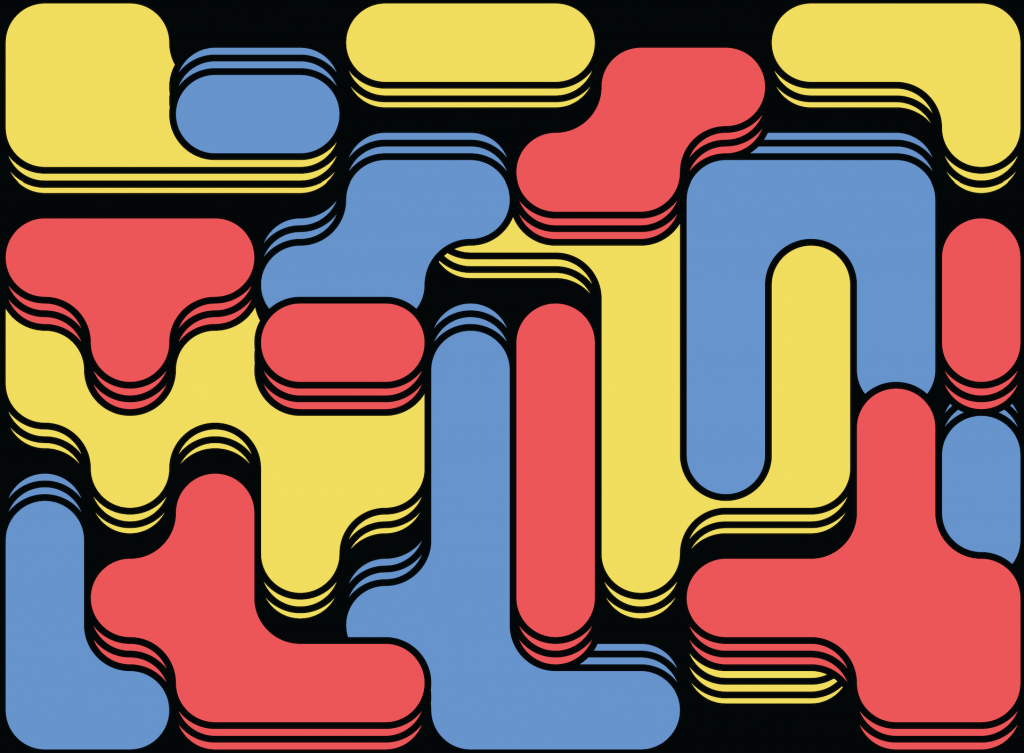The Science of Remote Work: 5 Research-Backed Hacks to Improve Your Work from Home Experience

The benefits of remote work are widely touted, and whether we want it or not, we’re being forced to participate in this great remote work experiment.
It seems like a great opportunity: more flexible schedules, more time for our family, less work clothes to iron. But in spite of all the perks of working from home, the adjustment to remote work can be a challenge, or at least it has been for me. As someone with ADHD in a creative role, I thrive when I have structure and a routine.
The sudden shift to working from home has really thrown me for a loop, and I’m sure I’m not the only one struggling with it. So I decided to turn to the experts to help with my work from home setup and increase my chances of remote success. Here are 5 remote work tips backed by science to help you find your work from home utopia.
1. Find Your Light
I am a staunch believer in the value of natural light. My boss has said on multiple occasions that when he’s looking for me in the office, he first looks for any conference rooms with the lights off because he knows I love to work in front of a big window with the office lights off and daylight streaming in.
There is ample evidence to support the idea that we function better when we’re exposed to natural light. It’s not just about our need for Vitamin D; a study by the Swiss Federal Institute of Technology found that employees working in natural light recorded higher levels of energy than those working under artificial lights. Similarly, a different study found that checkout counters located beneath skylights boasted sales 40% higher than those under artificial lights.
Natural light also helps cultivate calm in our bodies. According to PhD fellow Brenda McMahon, MD from the Neurobiology Research Unit at Copenhagen University Hospital:
”If people are exposed to light in the morning that mimics the wavelengths of daylight, they become better at coping with anxiety-provoking experiences. The light simply improves the communication between the regions of the brain that are central to our handling of emotions such as stress and anxiety.”
Try to sit near a window in your work space for maximum exposure to natural light if possible. There’s a theory in architecture and interior design called the Theory of Prospect and Refuge which posits that humans are evolutionary most productive and happy in a space when they are able to see nature, ideally in front of a window. Dozens of studies available through The Health Council of the Netherlands has shown a range of benefits like increased productivity, concentration, and lowered blood pressure upon viewing or interacting with nature.
If daylight isn’t in rich supply in your home, consider utilizing mirrors to open up the space and maximize your natural light, or invest in sun lamp to mimic the benefits of daylight and improver your sleep and focus. This is the sun lamp I have and I love it (as an added bonus, it works great as soft additional light to point at your face face when you’re trying to look your best on Zoom calls).
2. Get Dressed
Stifle your groan for just one more second, please. I know this is the most annoying advice that you’ve already seen in 9384 other articles. I know. But you keep seeing it because it’s actually true and backed by science.
In a 2012 scientific paper in the Journal of Experimental Social Psychology, researchers use the term “enclothed cognition” to describe the way that clothes can affect the wearer’s behavior. In the study, participants wore various types of clothing and were tested on their ability to concentrate. Participants who wore a white lab coat performed better throughout the test.
“Get dressed in the morning, make yourself feel like you’re going to work,” says Professor Cary Cooper, an occupational psychologist at Manchester Business School. “But be comfortable.”
3. Watch Your Temp
No, I’m not talking about taking your body temp (though knock yourself out if regular thermometer checks help keep the coronanxiety at bay). I’m talking about watching the temperature of your workspace.
If your space is too warm, it makes you sleepy. On the flip side, a work space that is too cold can be distracting, and studies show that as the workplace temperature gets colder, typing errors increase (I firmly believe this one; my hands sometimes get so cold in the office that my typing speed plummets so I had to purchase a heated mousepad cover to keep my fingers from going numb).
According to research, the ideal temperature for your workspace is right around 72 degrees (although women tend to perform better in an environment a couple degrees warmer than that).
4. Give Yourself a Virtual Commute
Okay okay, I know a lack of commute is one of the big benefits of working remotely. We tend to think of commutes as a wholly negative experience, but the research on commuting paints a bit more nuanced picture.
One study of regular commuters found that commuters who maintained small routines on the way to work, like checking the news on the train or listening to their favorite podcast during their drive, felt more excited about the day ahead, more satisfied with their jobs, and less stressed-out than commuters with no set routine.
Our brains are used to having the transition time between our mornings at home and our arrival at the office where we get down to business. We are creatures of habit, and eliminating this mental buffer time during which your brain can gear up and prepare to shift into focus mode can impact your performance.
Though it seems crazy, try to schedule a virtual commute into your day. That is, try to set aside 15 minutes (or more) at the beginning and end of your work day for little rituals that help your brain transition into/out of work mode. Whether it’s meditating, reading a chapter of a book, listening to a specific playlist, scrolling through social media, or what have you — try to create a tiny routine to bookend your work day to give your brain the space and time to transition into or out of work mode and mentally mark the boundaries of your work day.
5. Mind Your Breaks
Try not to skip breaks. A 2011 study at the University of Illinois at Urbana-Champaign found that breaks from a single tasks can pretty dramatically improve your ability to focus on your task for more prolonged periods.
Time management strategies like the Pomodoro Method, which breaks work in 25-minute sprints with 5-minute breaks in between sprints, are based off of this tendency for our brains to perform best when given regular periods of rest between moments of extreme focus.
I use a Pomodoro timer called Focus Booster that allows you to set structured focus sessions with breaks in between, and it logs your work so you can get a macro-level overview of your productivity throughout the day.
Make the most of a new normal
Remote work is here to stay indefinitely, so why not make the most of it? With a few small tweaks to your routine, working from home can be productive and enjoyable—as long as you’re sure to create boundaries between your job and home life. For more actionable tips, check out our comprehensive ebook below!



